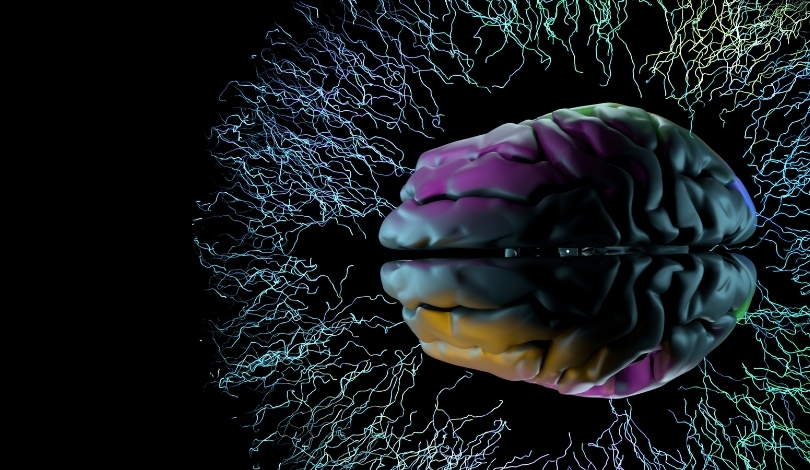Amidst the buzz in the AI sector, Safe Superintelligence (SSI), co-founded by former OpenAI chief scientist Ilya Sutskever, has rapidly garnered significant attention and financial backing. Launched in June, SSI has already amassed $1 billion in venture funding, despite its current team of just ten employees. This swift capital infusion underscores the industry’s confidence in SSI’s mission to develop safe artificial general intelligence (AGI). Sutskever’s departure from OpenAI, combined with the entrepreneurial expertise of co-founders Daniel Gross and Daniel Levy, has piqued interest from prominent venture capitalists.
SSI’s development is reminiscent of other high-profile AI startups but stands out for its focus on safety. Earlier AI ventures have often prioritized rapid development and commercialization, sometimes at the expense of ethical considerations. SSI’s approach aims to ensure that safety remains a core component of its AGI projects. By emphasizing “good character” and exceptional skills, SSI differentiates itself from other tech companies that often prioritize experience and credentials.
Fundraising and Valuation
NFDG, co-led by Daniel Gross and Nat Friedman, played a significant role in SSI’s impressive fundraising. Other investors include Andreessen Horowitz, Sequoia Capital, DST Global, and SV Angel. These investments have propelled SSI’s valuation to $5 billion, highlighting the significant market potential seen by these experienced investors.
Hiring and Future Plans
SSI plans to use the funds for hiring top-tier talent in areas such as data, hardware, machine learning, and systems. The recruitment focus will be on assembling a lean team of the world’s best engineers and researchers. Gross emphasized the company’s dedication to research and development over the next few years, aiming to build a robust foundation for their AI initiatives.
Computing Power and Partnerships
Another significant portion of the investment will go toward enhancing computing power. While SSI has not yet partnered with specific cloud providers or chipmakers, Sutskever hinted that their scaling strategy would diverge from OpenAI’s. The company remains committed to exploring opportunities to open-source relevant safety work, despite keeping its primary research proprietary for now.
Sutskever’s journey from Google to OpenAI and now SSI marks a significant shift in the AI landscape. His experiences, particularly the brief ousting of OpenAI’s CEO Sam Altman and the subsequent fallout, have shaped his current approach. Unlike OpenAI’s capped-profit structure, SSI operates as a traditional for-profit entity, potentially allowing more flexibility in its operations and strategies. Despite past challenges, Sutskever maintains a positive outlook on the industry’s progress and safety efforts.










